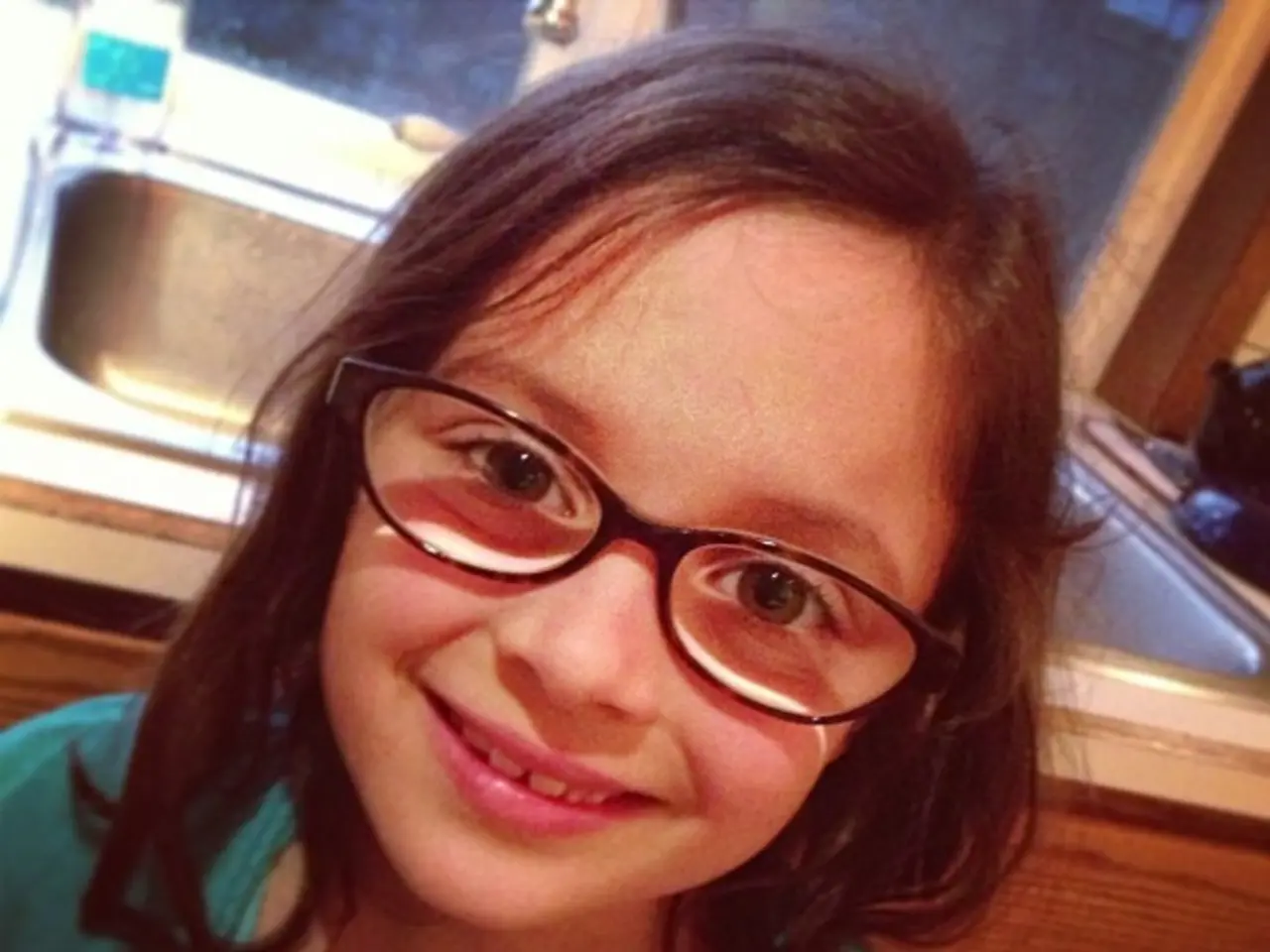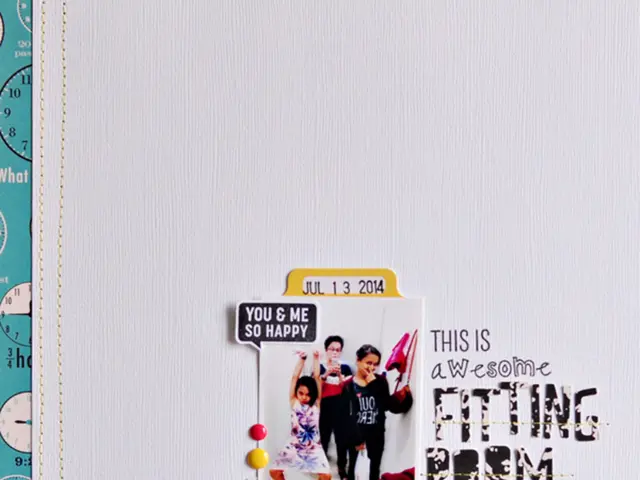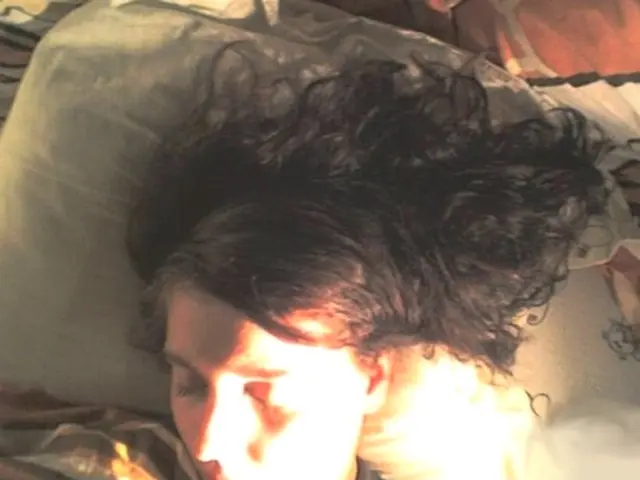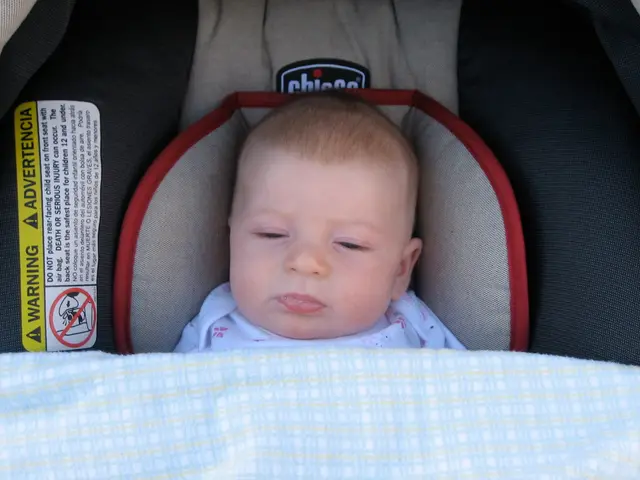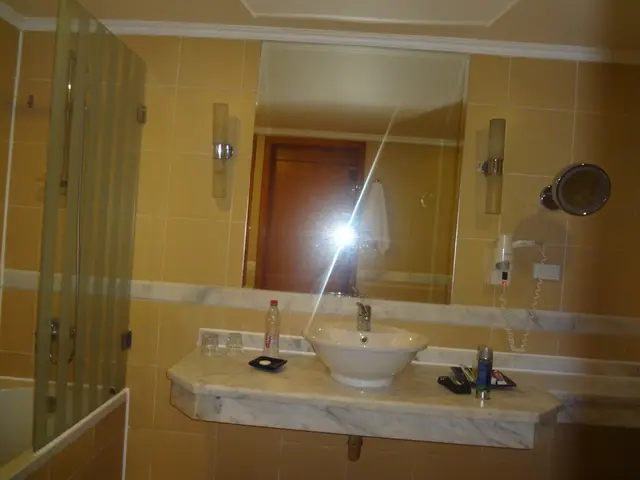Regular Eye Exams Crucial for Children's Vision and Learning
Regular eye exams are crucial for children's eye health. They help detect issues early and ensure clear vision for learning and development. Pediatric ophthalmologist Elias Traboulsi, MD, MEd, recommends exams at key ages.
Eye exams for children differ from adult tests. Newborns have their eyes checked for alignment and light response. Between 1 to 3 years, doctors track eye development and may refer to specialists for issues like lazy eye or crossed eyes. After age 5, healthcare providers can correct refractive errors with eyeglasses.
School vision tests serve as a first step in preventive care. They're less involved than comprehensive exams but still important. For nonverbal or reading-challenged children, preferential looking tests or Teller Acuity Card® tests can be used. Eye exams are more important for children with a family history of eye diseases or who have vision problems found by their pediatrician or during school screening.
Regular pediatric eye exams are vital for maintaining children's eye health. They help detect issues early, ensuring clear vision for learning and development. Consult a pediatric ophthalmologist promptly if there's a suspicion of an eye problem after a school vision screening.
